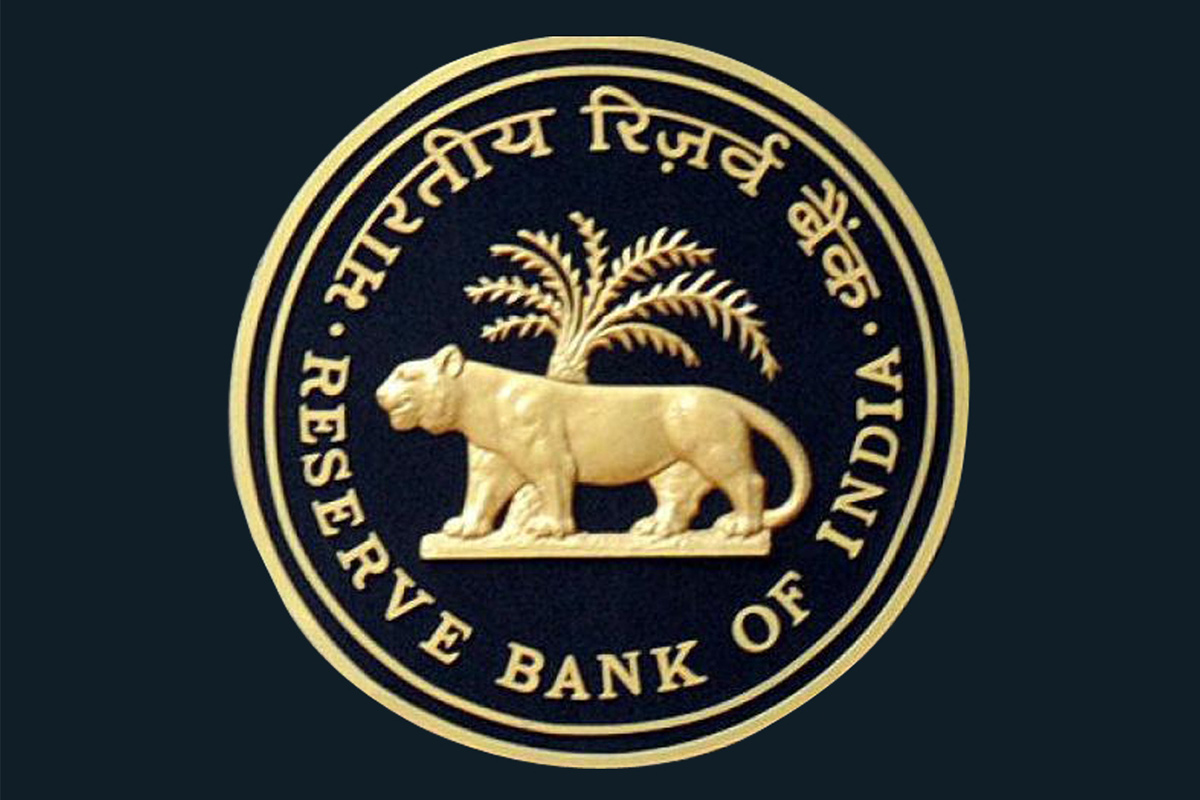Indian stock markets shut for Eid celebrations
Indian stock exchanges are shut Thursday for Eid, with normal trading activities resuming Friday.
It is important to revisit the target periodically, even when a review is not required by statute, because changing underlying structural characteristics of the economy and inflation dynamics can render the target sub-optimal, the report said.

The report said trend inflation has fallen from above 9 per cent before FIT to a range of 3.8-4.3 per cent during FIT. (Photo: IANS)
The current inflation target of 4 per cent with a +/-2 per cent tolerance band is appropriate for the next five years, the Reserve Bank of India (RBI) said in a report on Friday.
The country adopted the flexible inflation target (FIT) framework in 2016. The inflation target of 4 per cent and the lower and upper tolerance bands were set at 2 per cent and 6 per cent, respectively. The next review of the inflation target is due before March 31, 2021.
Basis the band, the monetary policy is decided by a six-member committee headed by the RBI governor.
Advertisement
“The current numerical framework for defining price stability, i.e., an inflation target of 4 per cent with a +/-2 per cent tolerance band, is appropriate for the next five years,” the Report on Currency and Finance (RCF) for the year 2020-21 said.
The period of study in this report, the RBI said, is from October 2016 to March 2020, commencing with the formal operationalisation of the FIT framework in the country but excluding the period of the COVID-19 pandemic in view of data distortions.
The RBI said the contents of the report, its findings, views and conclusions are entirely those of the contributors and do not represent the views of the central bank.
As per the report, during the period under review, headline CPI inflation averaged 3.9 per cent in the country with a decline in inflation volatility, attesting to the success of FIT in terms of its primary mandate.
The report said trend inflation has fallen from above 9 per cent before FIT to a range of 3.8-4.3 per cent during FIT, indicating that 4 per cent is the appropriate level of the inflation target for India.
Threshold inflation above which growth is unambiguously impaired ranges between 5 and 6 per cent in India, the report said adding that this indicates that an inflation rate of 6 per cent is the appropriate upper tolerance limit for the inflation target.
“On the other hand, a lower bound above 2 per cent can lead to actual inflation frequently dipping below the tolerance band while a lower bound below 2 per cent will hamper growth, indicating that an inflation rate of 2 per cent is the appropriate lower tolerance bound,” it said.
The report said it is important to recognise that while setting a single target/tolerance band for the next five years, structural changes that may materialise or the type of shocks that may hit the economy are difficult to anticipate fully.
“Hence, flexibility must be built into the framework, without undermining the discipline of the inflation target,” it said.
The inflation target has to be forward-looking to ensure that inflation expectations are firmly anchored over the medium term to facilitate decisions on investment, savings and consumption, it said.
It is important to revisit the target periodically, even when a review is not required by statute, because changing underlying structural characteristics of the economy and inflation dynamics can render the target sub-optimal, the report said.
According to the report, during the FIT period, monetary transmission has been full and reasonably swift across the money market but less than complete in the bond markets.
“While there has been an improvement in transmission to lending and deposit rates of banks, external benchmarks across all categories of loans and deposits could improve transmission further,” it said.
In the conduct of monetary policy in an open economy setting, foreign exchange reserves and associated liquidity management are key, and hence “there is a need to enhance the RBI’s sterilisation capacity to deal with surges in capital flows”, it said.
The report said the primary focus of FIT on price stability augurs well for further liberalisation of the capital account and eventual internationalisation of the Indian rupee.
It said the institutional architecture of FIT in the country, including the size of the Monetary Policy Committee (MPC) and its composition, the decision making process, communication practices and accountability mechanisms is in line with international best practices.
However, there is a need to review the definition of the time horizon of failure, processes of onboarding of MPC members, some aspects of forward guidance and timings relating to release of minutes, shut periods and release of transcripts, it said.
Advertisement